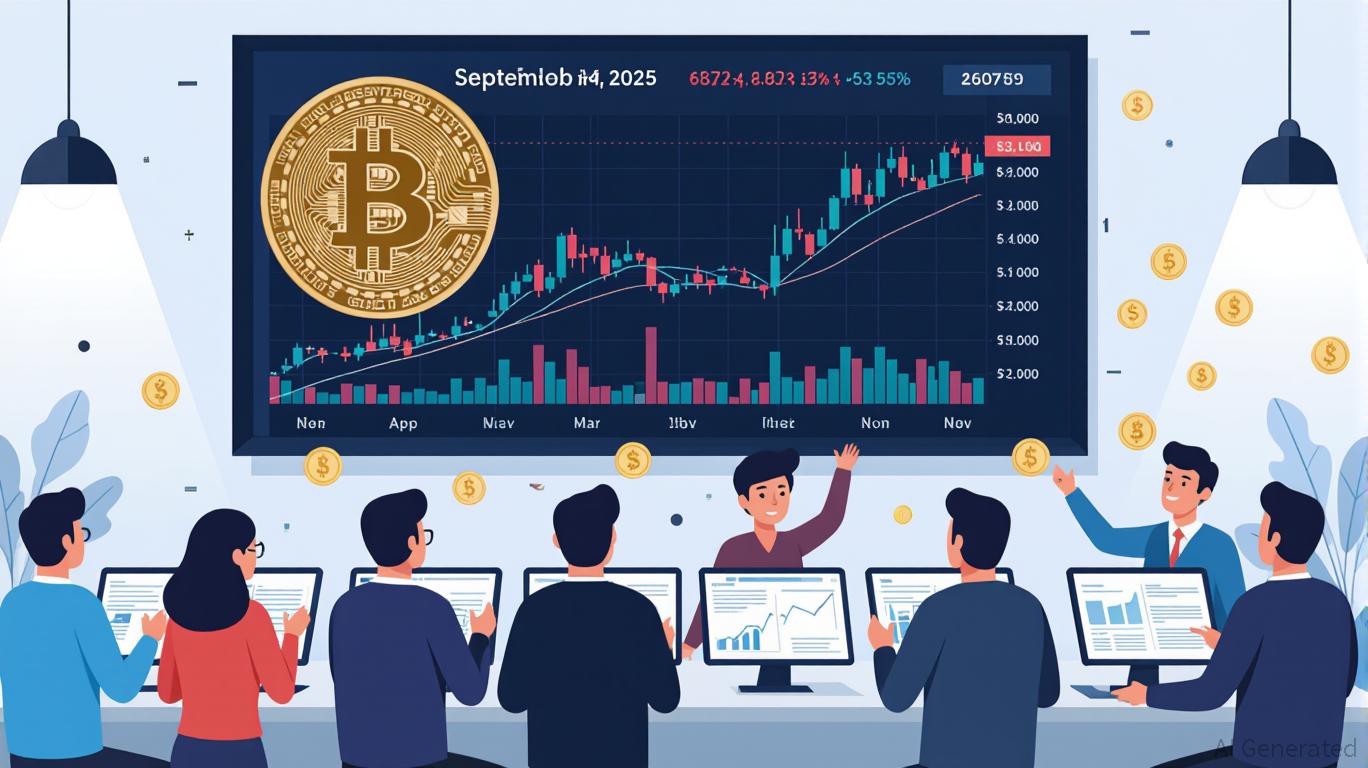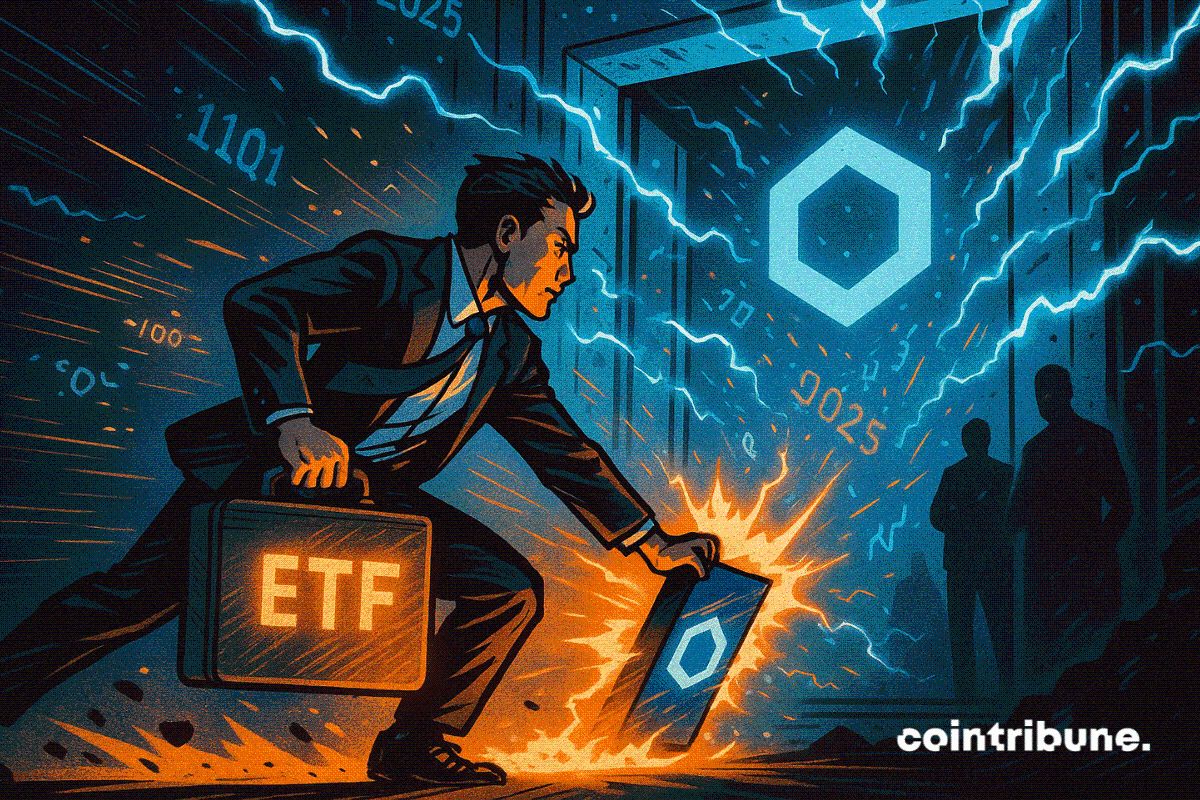Bitcoin’s Sharp Decline: Is This a Healthy Correction or an Ominous Signal?
- Bitcoin fell 10.5% in November 2025 amid a $19B derivatives crash, driven by Fed policy uncertainty and U.S.-China trade tensions. - Regulatory shifts and leveraged liquidations (1.6M traders impacted) exposed vulnerabilities in crypto's derivatives-heavy market structure. - Institutional demand persisted (e.g., JPMorgan's 64% ETF stake increase), suggesting long-term adoption despite short-term volatility. - Derivatives recovery may lag until 2026, hinging on Fed rate clarity and inflation trends, with
The October 2025 Crash: A Sudden Jolt
The "10/10 crash" of October 2025
Macroeconomic Drivers: Fed Moves and Global Strains
The U.S. Federal Reserve’s 25-basis-point rate reduction in September 2025 initially lifted Bitcoin to $114,600. However,

Regulatory Changes and Shifting Market Mood
Regulatory actions added further pressure to the sell-off.
Corporate treasuries were not immune.
Investor Mindset: Anxiety, Doubt, and Derivatives Recovery
The crash revealed how vulnerable leveraged positions remain in a market still maturing.
Nevertheless, institutional interest continues to grow. Ether ETFs drew $9.6 billion in Q3 2025, and JPMorgan boosted its holdings in BlackRock’s iShares Bitcoin Trust by 64%. These developments indicate that, despite ongoing volatility, Bitcoin’s adoption by mainstream investors is gaining momentum.
Looking Ahead: Correction or Red Flag?
For those mindful of risk, the November 2025 downturn presents a complex scenario. On one side, the crash exposed weaknesses in highly leveraged derivatives and corporate holdings. On the other, underlying economic trends—such as the Fed’s eventual shift to looser policy and rising institutional interest—may provide a price floor for Bitcoin.
The crucial issue is timing. If the Fed accelerates rate cuts in 2026, Bitcoin might revisit its October peaks. Conversely, if inflation remains stubborn and geopolitical strains continue, the market could stay range-bound. For now, the 10.5% drop from October’s high seems more like a market correction than a sign of systemic failure—assuming investors steer clear of excessive leverage and focus on long-term strategies.
Summary
Bitcoin’s decline in November 2025 serves as a reminder of the crypto market’s inherent volatility, but it does not spell its end. Ongoing economic uncertainty and regulatory oversight will keep influencing investor attitudes, yet Bitcoin’s function as an inflation hedge and store of value remains. For those with a well-diversified, strategic approach, this correction could be a chance to reevaluate risk and reward in a market that is still evolving.
Disclaimer: The content of this article solely reflects the author's opinion and does not represent the platform in any capacity. This article is not intended to serve as a reference for making investment decisions.
You may also like
XStocks Hits $10B in 4 Months, Tokenized Stocks on the Rise

ICBA Cautions That Sony's Stablecoin May Pose Risks to Financial System Stability
- ICBA opposes Sony Bank's crypto venture, urging OCC to reject Connectia Trust's stablecoin and custody services. - Critics warn Sony's stablecoin mimics deposits without CRA compliance or FDIC insurance, creating regulatory arbitrage risks. - Opaque reserve details and potential liquidity crises raise concerns about systemic instability and asset recovery challenges. - Community banks fear unfair competition if corporations bypass traditional regulations through crypto banking innovations. - OCC's upcomi
DeFi’s Two Sides: Morpho Achieves Unprecedented Fees While Curators Face Significant Losses
- Morpho's DeFi platform generated $370,000 in curator fees (Nov 3-9, 2025) despite liquidity challenges, highlighting its growing influence amid market volatility. - Steakhouse Financial led with $115,000 in fees, while MEV Capital's $65,000 loss exposed risks of high-risk strategies during liquidity disruptions. - Industry experts attribute the surge to aggressive risk-reward strategies, but warn abrupt market shifts could reverse fortunes for curators. - kpk launched automated vaults on Morpho to optimi
